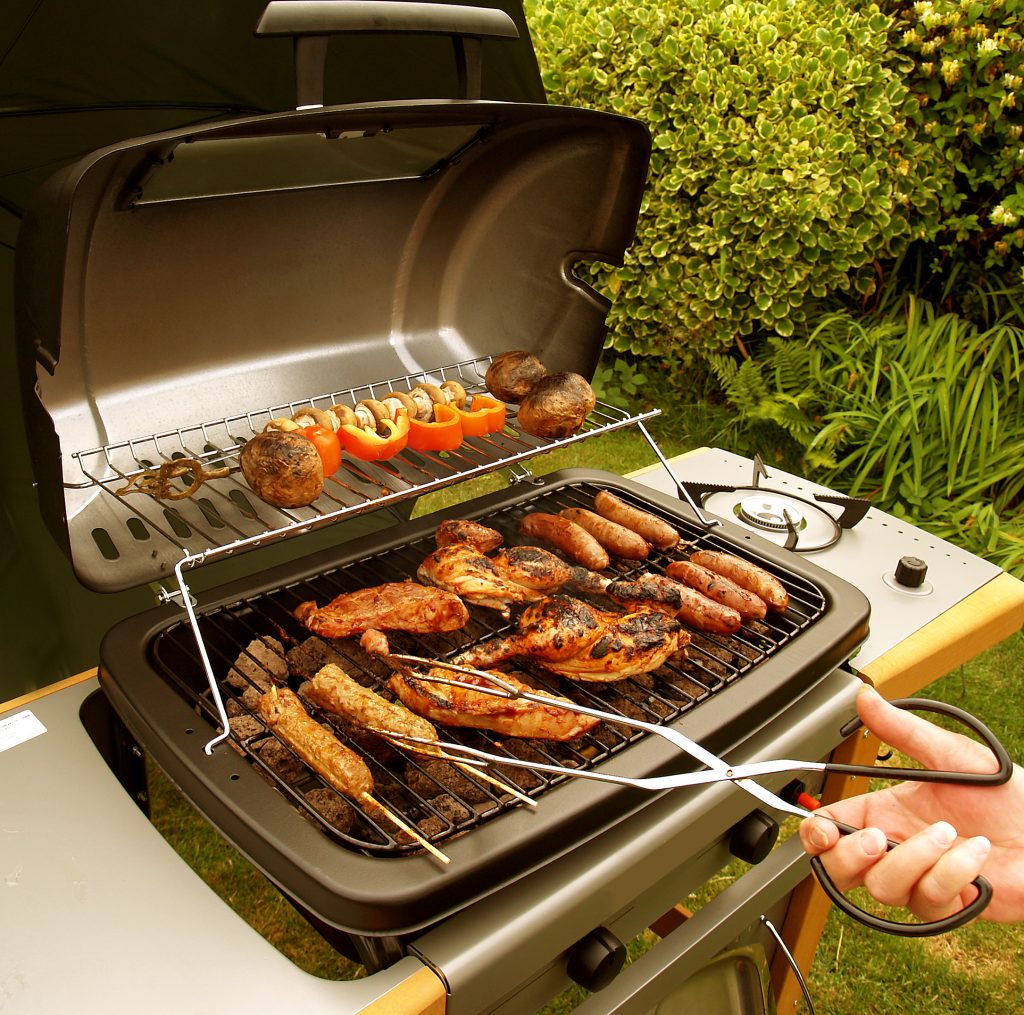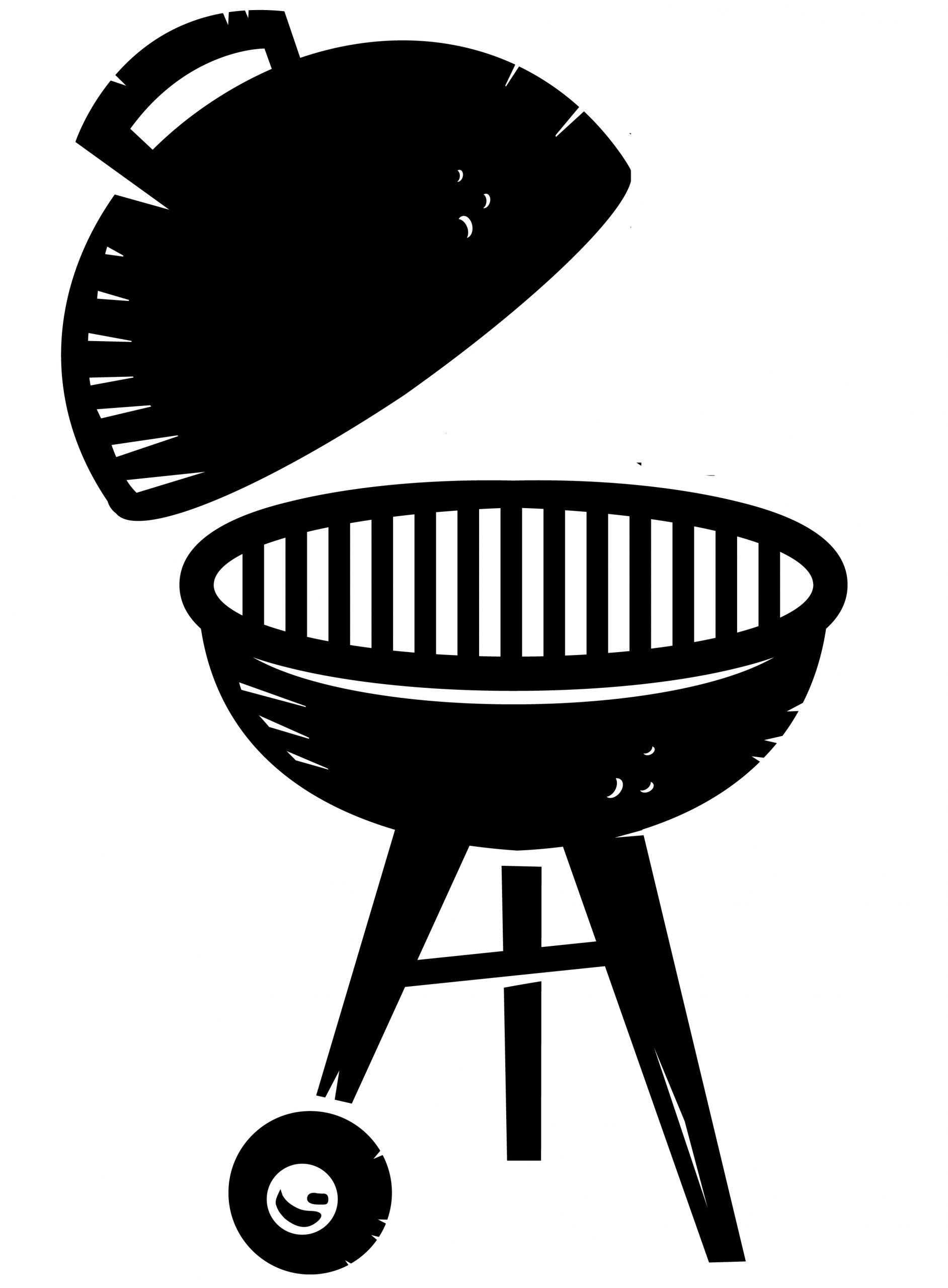Grilling is more than a cooking technique; it's a cherished pastime, a skill, and a way to gather with friends and family. Whether you're new to grilling or looking to hone your BBQ skills, mastering the art of grilling can be incredibly rewarding. This guide will cover the essential steps for transforming your grilling skills, from selecting the right tools to mastering cooking techniques for different foods.
Selecting the Ideal Grill
Before diving into grilling techniques, selecting a grill suited to your style and needs is fundamental. Here are the primary grill types:
- Charcoal Grills: Known for their rich, smoky flavor, charcoal grills take some time and skill to manage but offer exceptional results.
- Gas Grills: Gas grills are easy to use, provide quick setup, and offer excellent temperature control, making them ideal for convenience and precision.
- Electric Grills: These are perfect for indoor or balcony use, especially where open flames aren’t allowed. While they may lack the smoky flavor of charcoal, they’re efficient and easy to use.
Choosing a grill that aligns with your space and grilling style is the first step toward BBQ success.
Essential Tools for Grilling
Having the right tools makes the grilling process smoother and helps achieve consistently great results. Here’s a list of must-have grilling equipment:
- Tongs: Long-handled tongs allow for safe handling of food and are essential for flipping meats and vegetables.
- Spatula: Ideal for flipping delicate items like fish fillets or burgers without damaging them.
- Grill Brush: Use a quality grill brush to clean the grate after each session, ensuring it’s ready for your next grilling adventure.
- Meat Thermometer: A thermometer ensures your food is cooked to the proper internal temperature, reducing the risk of under- or over-cooking.
- Heat-Resistant Gloves: Protect your hands from high temperatures with gloves designed specifically for grilling.
- Skewers: Metal skewers are reusable and perfect for grilling kebabs and marshmallows, providing durability over wood skewers.

Preparing the Grill for Cooking
Proper grill preparation helps ensure even cooking and prevents food from sticking. Here’s how to prep your grill:
- Clean the Grate: Remove any residue from prior sessions with a grill brush.
- Oil the Grate: Lightly oiling the grate prevents food from sticking, especially important for lean meats and vegetables.
- Preheat the Grill: Preheat your grill for around 10-15 minutes. Charcoal should turn white with ash, and gas grills should reach the desired temperature before cooking.
Understanding and Controlling Temperature
Temperature control is essential for successful grilling. Two main grilling methods allow for temperature control:
- Direct Grilling: Cooking food directly over heat is ideal for quick-cooking items like steaks and vegetables.
- Indirect Grilling: With heat placed to the side, indirect grilling is perfect for larger cuts of meat that require slower cooking, like roasts or whole chickens.
Grill vents can also help manage temperature. Opening them increases oxygen, boosting heat, while closing them reduces heat.
Enhancing Flavor with Seasoning and Marinades
Flavor enhancement is all about proper seasoning and marination. Here are a few tips:
- Dry Rubs: These spice blends form a tasty crust and can be customized to fit your flavor preferences.
- Marinades: Typically made with oil, vinegar or citrus, and seasonings, marinades infuse flavor and tenderize food when applied for several hours or overnight.
- Salt and Pepper: Simple yet effective, a generous amount of salt and pepper can enhance the natural flavors of meats and vegetables.
Cooking Different Types of Meat
Each type of meat has its own grilling requirements. Here’s a quick guide:
- Beef: For steaks, medium-rare is often preferred, with an internal temperature of 130-135°F.
- Poultry: Chicken should reach 165°F internally to be fully cooked, best achieved using indirect heat to prevent burning.
- Pork: Cook pork to 145°F, and marinate cuts like tenderloin to ensure they remain moist and flavorful.
- Fish: Grill fish over medium heat, and oil both the fish and the grate to prevent sticking.

Grilling Vegetables and Side Dishes
Grilling can bring out the best flavors in vegetables and side dishes. Here’s how to get the best results:
- Vegetable Prep: Cut vegetables uniformly for even cooking, then drizzle with oil and season.
- Use a Grill Basket: For smaller vegetables, a grill basket prevents them from falling through the grate.
- Timing: Since vegetables cook faster than meats, use indirect heat for longer cooking to avoid charring.
Resting and Serving Your Grilled Food
Once grilling is complete, let the meat rest for a few minutes. This allows juices to redistribute, enhancing moisture and flavor. When it’s time to serve, presentation matters—consider garnishing with fresh herbs or a squeeze of lemon for added flavor.
Avoiding Common Grilling Pitfalls
Here are a few mistakes to steer clear of for a smoother grilling experience:
- Frequent Flipping: Avoid flipping food too often to ensure even cooking and a proper sear.
- Pressing on Meats: Pressing down on burgers or steaks releases juices, resulting in drier meat.
- Overcrowding the Grill: Give food space to avoid uneven cooking and allow for temperature control.
Conclusion: Achieve Grilling Mastery with Practice and Patience
Becoming skilled at grilling takes time, practice, and the right approach. By selecting the ideal grill, using essential tools, mastering temperature control, and understanding flavor techniques, you’ll be well-equipped to create exceptional BBQ dishes. Follow these tips, and you’ll be impressing friends and family with your grilling prowess in no time. Enjoy the journey to grilling mastery!
